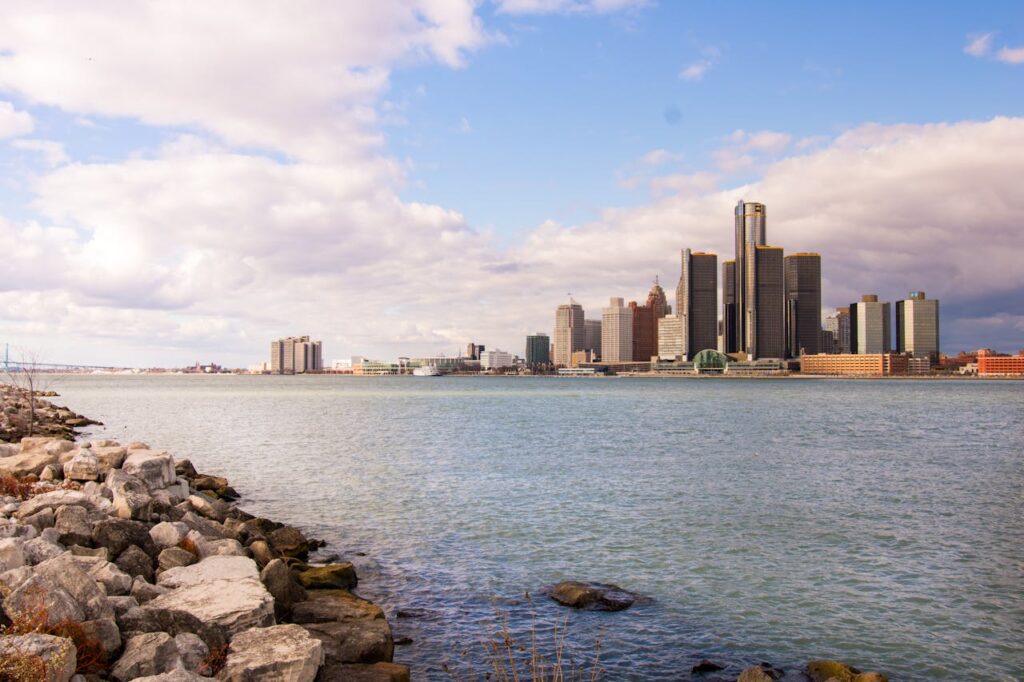Walking is a wonderful way for seniors to stay active, enjoy the outdoors, and maintain their independence. However, safety is paramount when walking alone. Here are 14 trendy and practical safety tips to ensure your solo walks are both enjoyable and secure.
1. Choose Safe Walking Routes
Selecting a safe walking route is the first step to ensure your safety. Opt for well-lit, populated areas with even pavements. Avoid isolated paths, especially in unfamiliar neighborhoods. Parks and dedicated walking trails are excellent choices. Check local community boards or apps for recommended routes. Knowing your route can help you stay safe and confident.
2. Wear Appropriate Footwear
Proper footwear is essential for stability and comfort. Choose shoes with good support and non-slip soles. Avoid high heels or sandals that could increase the risk of falls. Check that your shoes are in good condition and fit well. Wearing appropriate footwear can prevent injuries and enhance your walking experience. Stylish and functional walking shoes are widely available.
3. Stay Visible
Visibility is crucial for your safety, especially if you’re walking during dusk or dawn. Wear bright or reflective clothing to ensure you’re easily seen by drivers and cyclists. Reflective vests or armbands can add an extra layer of safety. Avoid dark clothing that can make you blend into the surroundings. Consider carrying a flashlight or wearing a headlamp at night. Staying visible reduces the risk of accidents and enhances your safety.
4. Carry a Mobile Phone
Always bring a fully charged mobile phone with you. It’s a lifeline in case of emergencies or if you need assistance. Pre-program emergency contacts for quick access. Carrying your phone in a secure, easily accessible place ensures you can reach it when needed. Use apps that track your location and share it with family or friends. Modern smartphones also have emergency features like SOS alerts and location tracking.
5. Inform Someone of Your Plans
Let a family member or friend know your walking route and the estimated time of return. This practice ensures someone is aware of your whereabouts. In case of unexpected delays or changes, inform them promptly. Regular check-ins can provide additional safety. Share your location using phone apps for real-time tracking. This communication adds a layer of security to your walking routine.
6. Be Aware of Your Surroundings
Staying alert to your surroundings is crucial for seniors walking alone. Avoid distractions like loud music or phone calls that can impair your awareness. Observe the environment and note any potential hazards or unusual activity. Trust your instincts—if something feels off, leave the area. Familiarize yourself with local landmarks and emergency locations. Awareness enhances your ability to respond to unexpected situations.
7. Walk During Daylight Hours
Walking during daylight is generally safer for seniors walking alone. Natural light improves visibility and reduces the risk of accidents. Plan your walks for times when the sun is up, preferably during mid-morning or early afternoon. Avoid walking at dusk or dawn when visibility decreases. Daylight walking also means more people are likely to be around, adding to your safety. Enjoying the sunshine can boost your mood and vitamin D levels.
8. Use Walking Aids if Needed
If you have balance issues or mobility concerns, consider using a walking aid. Canes, walking sticks, or rollators can provide additional support. Ensure your walking aid is in good condition and suited to your needs. Using an aid can enhance your stability and confidence. Also, many modern walking aids are lightweight and stylish. Prioritizing your safety with the right equipment can make your walks more enjoyable.
9. Stay Hydrated
Carry a bottle of water with you, especially on longer walks. Hydration is vital for maintaining energy levels and overall health. Drink small amounts regularly to avoid dehydration. Choose a lightweight, reusable bottle that’s easy to carry. Staying hydrated also helps you stay alert and focused. Proper hydration contributes to a safer and more pleasant walking experience for seniors walking alone.
10. Avoid High-Risk Areas
Be mindful of high-risk areas such as construction zones, poorly lit streets, or areas with heavy traffic. Stick to familiar, safe routes you know well. If you must pass through a high-risk area, do so quickly and remain alert. Avoid shortcuts that may be secluded or unsafe. Urban areas often have maps highlighting safer walking paths. Prioritizing your safety means avoiding unnecessary risks.
11. Wear Identification
Wearing an ID tag or carrying identification is a smart precaution for seniors walking alone. Include essential information such as your name, emergency contact, and any medical conditions. An ID bracelet or card in your pocket works well. This information is crucial in case of an emergency where you can’t communicate. Medical alert systems as well as smart watches can also be beneficial and will alert your emergency contacts if you fall, for example. Having an ID or a medical alert system ensures that help can be tailored to your needs quickly.
12. Listen to Your Body
Pay attention to any signs of fatigue, dizziness, or discomfort. If you feel unwell, find a safe place to rest or call for help. Don’t push yourself beyond your limits. Regular breaks can help you stay energized and reduce the risk of overexertion. Listening to your body’s signals is essential for safe walking. Knowing when to stop can prevent accidents and health issues.
13. Carry Personal Safety Devices
Consider carrying personal safety devices such as a whistle, pepper spray, or a personal alarm. These tools can help you feel more secure and can deter potential threats. It’s essential to learn how to use these devices effectively and keep them in an easily accessible place. Typically, modern personal alarms are small, lightweight, and easy to carry. Ultimately, personal safety devices add an extra layer of protection.
14. Know Basic First Aid
Having basic first-aid knowledge can be invaluable. Learn how to treat minor injuries such as cuts, sprains, and blisters. Carry a small first aid kit with essentials like band-aids, antiseptic wipes, and gauze. Knowing how to respond to common walking-related injuries can prevent complications. Many community centers offer first aid courses tailored for seniors. Being prepared can make a significant difference in emergencies.
Stay Safe and Enjoy Your Walks
Walking alone offers numerous benefits, from physical health to mental well-being. By following these 14 safety tips, you can enjoy your solo walks with greater confidence and peace of mind. Remember, staying safe doesn’t mean sacrificing enjoyment. Embrace these practices to enhance your walking experience. Keep exploring, stay active, and most importantly, stay safe.
Read More
12 Outdated Wedding Trends We Wish Would Die Out Already
9 Innovative Ways to Make Extra Money Without a Second Job

Teri Monroe started her career in communications working for local government and nonprofits. Today, she is a freelance finance and lifestyle writer and small business owner. In her spare time, she loves golfing with her husband, taking her dog Milo on long walks, and playing pickleball with friends.























































